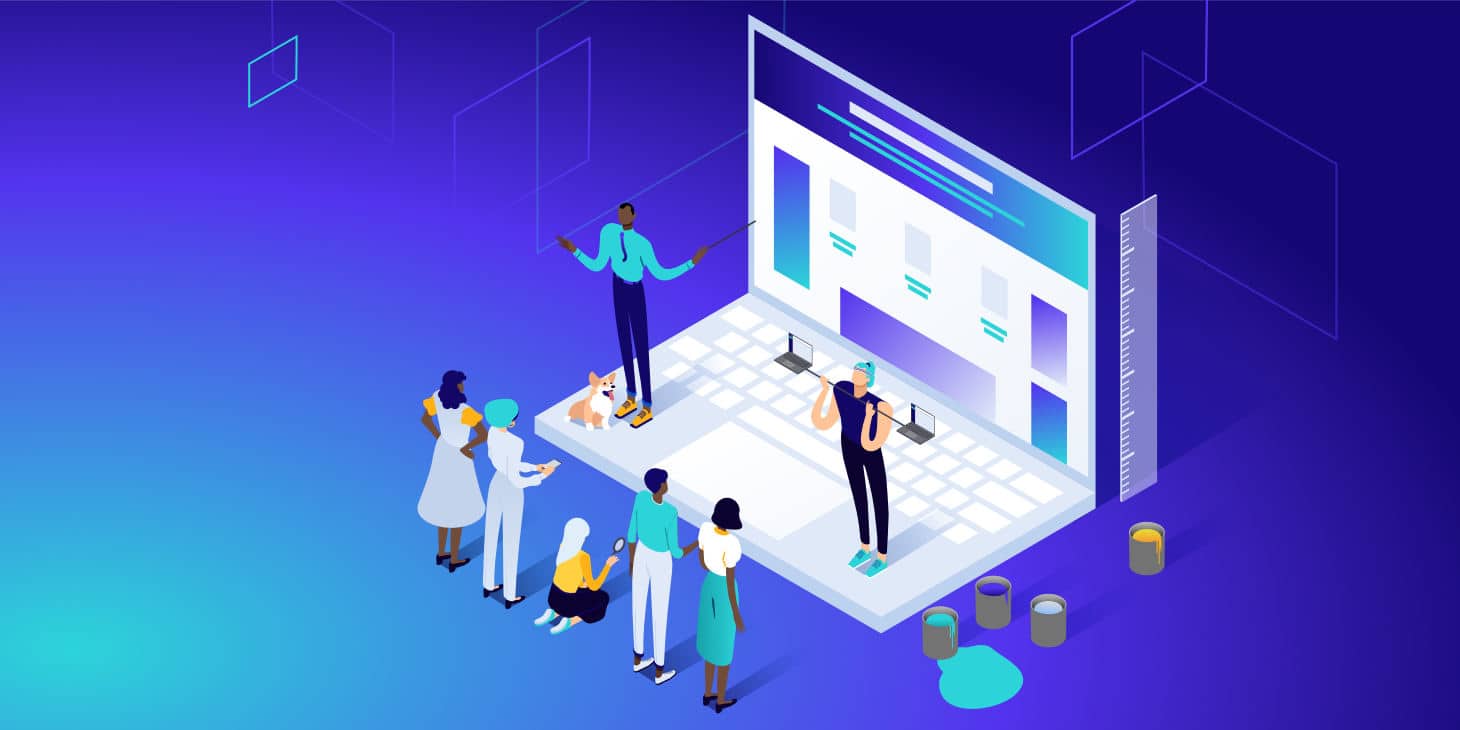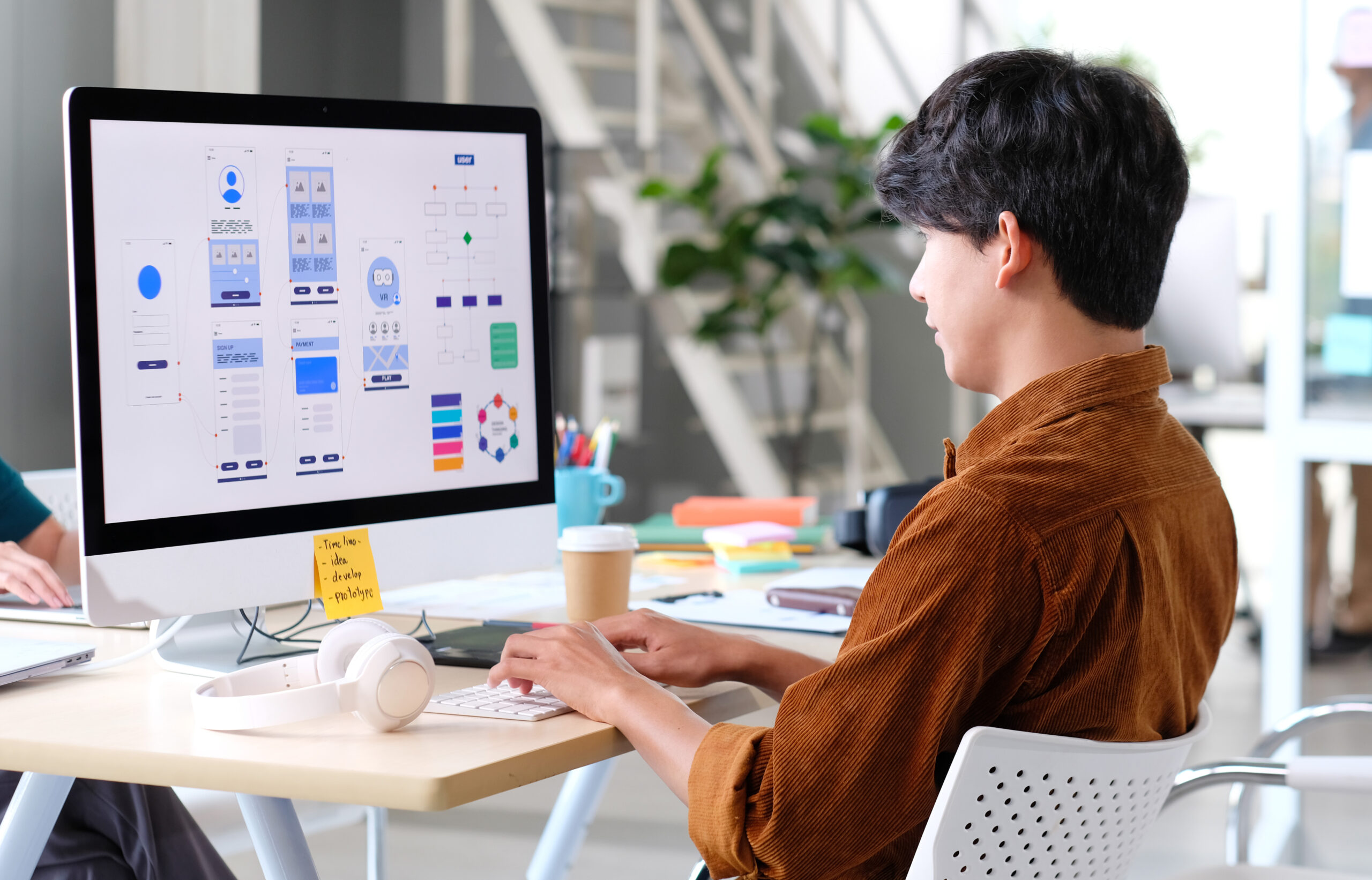Expert Aligned Position Web Design: Elevate Your Digital Presence with Our Professional Services
Expert Aligned Position Web Design: Elevate Your Digital Presence with Our Professional Services
Blog Article
The Very Best Kinds Of Web Layout to Enhance Individual Experience and Involvement
In the ever-evolving landscape of electronic interaction, the efficiency of Web layout dramatically impacts individual experience and interaction. Different design approaches, such as minimal, responsive, and interactive designs, each deal unique benefits that can provide to diverse individual requirements.
Minimalist Website Design
As electronic landscapes come to be progressively chaotic, minimal Web style has emerged as an effective approach to boosting individual experience. This style approach prioritizes simplicity, concentrating on vital aspects while getting rid of unnecessary disturbances. By utilizing enough white space, simple navigation, and a minimal color combination, minimalist design cultivates clarity and routes customer attention to crucial material.
The core concept of minimal website design is to produce a smooth interaction for individuals. By decreasing cognitive load, individuals can swiftly understand information without feeling overwhelmed. This straight strategy not only improves use however also motivates interaction, as site visitors are most likely to check out a site that is very easy and visually enticing to browse.
Furthermore, minimal layout often highlights typography and images, utilizing these components tactically to convey messages successfully. In essence, minimal Web style is not just a pattern; it is a thoughtful methodology that recognizes the importance of user-centered design.
Responsive Web Design
In today's varied electronic atmosphere, responsive website design has become essential for developing a smooth customer experience across a plethora of gadgets. As customers gain access to web sites on smartphones, laptop computers, tablet computers, and desktops, the capability of a site to adjust its design and material to various screen sizes and resolutions is crucial.
Responsive Web style utilizes versatile grids, images, and CSS media inquiries to make certain that Web material exists optimally, despite the tool made use of. This method not just enhances the visual allure of a site but also significantly enhances functionality. Customers are most likely to involve with a website that provides a regular experience, as it gets rid of the irritation of needing to zoom in or scroll exceedingly.
By adopting responsive layout, organizations can improve their visibility and get to a wider audience. In recap, responsive Web layout is a fundamental technique that improves customer experience, involvement, and overall complete satisfaction.
Interactive Website Design
Responsive Web design prepares for improving user experience, yet interactive Web layout takes this an action even more by involving users in a much more dynamic means - Aligned Position Web Design. By incorporating elements such as computer animations, clickable prototypes, and real-time comments, interactive website design astounds users, drawing them right into a richer browsing experience
This strategy not just fosters involvement but additionally encourages users to explore material proactively instead of passively eating it. Methods such as gamification, where customers earn rewards for finishing tasks, can dramatically enhance the time invested in a site and boost total fulfillment. Interactive functions can simplify complicated information, making it extra digestible and review delightful.

Integrating interactive layout aspects can likewise bring about greater conversion rates, as users are a lot more most likely to involve with a site that actively involves them. Aligned Position Web Design. Ultimately, interactive Web style transforms customer experiences into unforgettable journeys, making certain that visitors return time and once more
Flat Layout
Identified by its minimalistic technique, level design stresses simpleness and functionality, removing unneeded elements and concentrating on essential features. This design ideology prioritizes usability, ensuring that customers can navigate user interfaces easily and effectiveness. By employing a tidy aesthetic, level layout removes the clutter usually located in a lot more ornate styles, thus improving user concentrate on material and capability.
The hallmark of flat style hinges on its use vibrant colors, simple typography, and geometric shapes. These elements add to an aesthetically attractive interface that is both approachable and modern-day. In addition, flat style cultivates a sense of quality, allowing users to determine vital actions and information without distraction.
Furthermore, flat layout is especially efficient in responsive More hints Web style, as its simpleness converts well across numerous gadgets and display sizes. By concentrating on vital features, level layout not only fulfills individual demands however also encourages smooth interaction, making it a crucial component of reliable Web style methods.
Adaptive Website Design
Flexible Web design personalizes the user experience by developing several fixed designs tailored to various screen sizes and gadgets. Unlike responsive layout, which fluidly adjusts a single format, adaptive design utilizes unique layouts for particular breakpoints, making sure optimum presentation on numerous systems. This method enables developers to concentrate on the one-of-a-kind characteristics of each gadget, improving usability by supplying exactly what individuals require based on their context.
One of the primary advantages of adaptive Web layout is its ability to maximize load times and efficiency. By offering tailored content and images that fit the individual's gadget, websites can lessen information usage and boost loading rates. This is particularly valuable for users with slower links or minimal information plans.

Furthermore, adaptive design facilitates an extra constant and regulated branding experience. Since designers produce several layouts, they can make sure that the aesthetic components line up with the brand's identity throughout various platforms - Aligned Position Web Design. This results in a cohesive user experience, improving interaction and advertising customer retention
Final Thought
In final thought, the assimilation of minimal, responsive, and interactive website design principles substantially enhances individual experience and engagement. Minimalist style cultivates clearness and focus, while receptive style guarantees adaptability across different tools, promoting accessibility. Interactive layout captivates customers through dynamic aspects, encouraging exploration and customization. Collectively, these layout approaches add to the production of user-friendly atmospheres that not only improve contentment however also drive higher conversion rates, highlighting their essential significance in modern website design techniques.

Minimal style cultivates clarity and focus, while receptive design guarantees adaptability throughout numerous gadgets, advertising access. Jointly, these style comes close to add to the production of user-friendly environments that not just improve fulfillment yet also drive higher conversion rates, underscoring their critical relevance in contemporary Web design approaches.
Report this page